Liangyu Fu
Library Blogs
Showing 671 - 680 of 1966 items
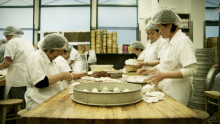
The next entry in the CHOP (China Ongoing Perspectives) film series will be screened on Thursday, December 5, at 6 pm on the 10th floor of Weiser Hall (500 Church St.).
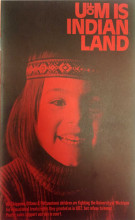
Join us tomorrow for our November Special Collections After Hours open house! November is Native American Heritage Month, and in recognition we will be displaying a collection of documents related to the histories, identities, and resistance to colonization of the indigenous peoples of North America.
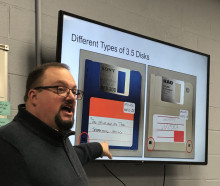
The U-M Digital Preservation Unit celebrated World Digital Preservation Day on November 7 with zines, cookies, and a 3.5-inch floppy disk data rescue demonstration.
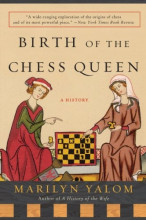
Birth of the Chess Queen tells the story of the chess queen's evolution from the origins of the game to the present day. The queen was not always part of the game, and when she was first introduced, she was not the powerful piece she is today. Historian Marilyn Yalom discusses how the queen came to be the most powerful piece on the chessboard, and tells the stories of several strong real-life queens in the Middle Ages and Renaissance who influenced the evolution of the chess queen.
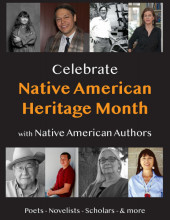
Celebrate Native American Heritage Month with Native American authors! The display of books in the Shapiro Lobby this November are all written by Native American authors.
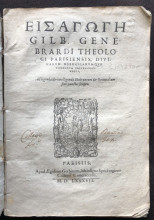
I recently came across this sixteenth-century introductory manual designed to teach Christian biblical scholars how to read and understand works in Hebrew and other Oriental languages without punctuation and stress marks. But what makes our copy remarkable is that the names of well-known Protestant scholars, and other infidels, have been carefully crossed out, that is, expurgated, following the Inquisition's recommendations to censor authors considered heretical according to the teachings of the Church of Rome.
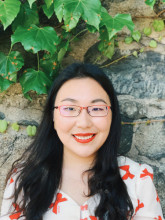
We are pleased to announce that the next event in the “Deep Dive” series will be held on November 21-22, 2019, with U-M Professor Yun Zhou (Department of Sociology). The topic will be using mixed-methods to research gendered work-family conflict and China’s recent ending of the one-child policy.
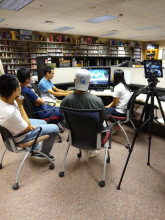
It's that time again to register for Winter classes. Do you find yourself wondering how to work your love of video games into your course selections? Here are some courses that might help you do just that.
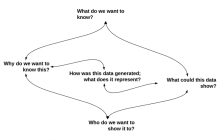
Chances are the work processes you already have in place are generating data that you could be using to learn more about those processes. In this second blog post, the author continues to highlight steps for working with data that is generated by your daily tasks.
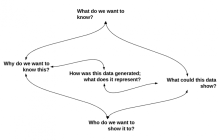
Chances are the work processes you already have in place are generating data that you could be using to learn more about those processes. In two blog posts, the author shares some steps for working with data that is generated by your daily tasks.